Growing Cabbage in containers is an easy and fun way to introduce fresh vegetables into your diet. With minimal effort, you can have a plentiful crop of delicious Cabbages that will delight the whole family. Remember, when growing Cabbage in containers, it’s essential to choose the correct size container and provide adequate drainage and nutrient-rich soil so your plants will thrive. Cabbage is relatively easy to grow and requires little space, making it ideal for container gardening. With a little attention, you can enjoy fresh Cabbage all season long.
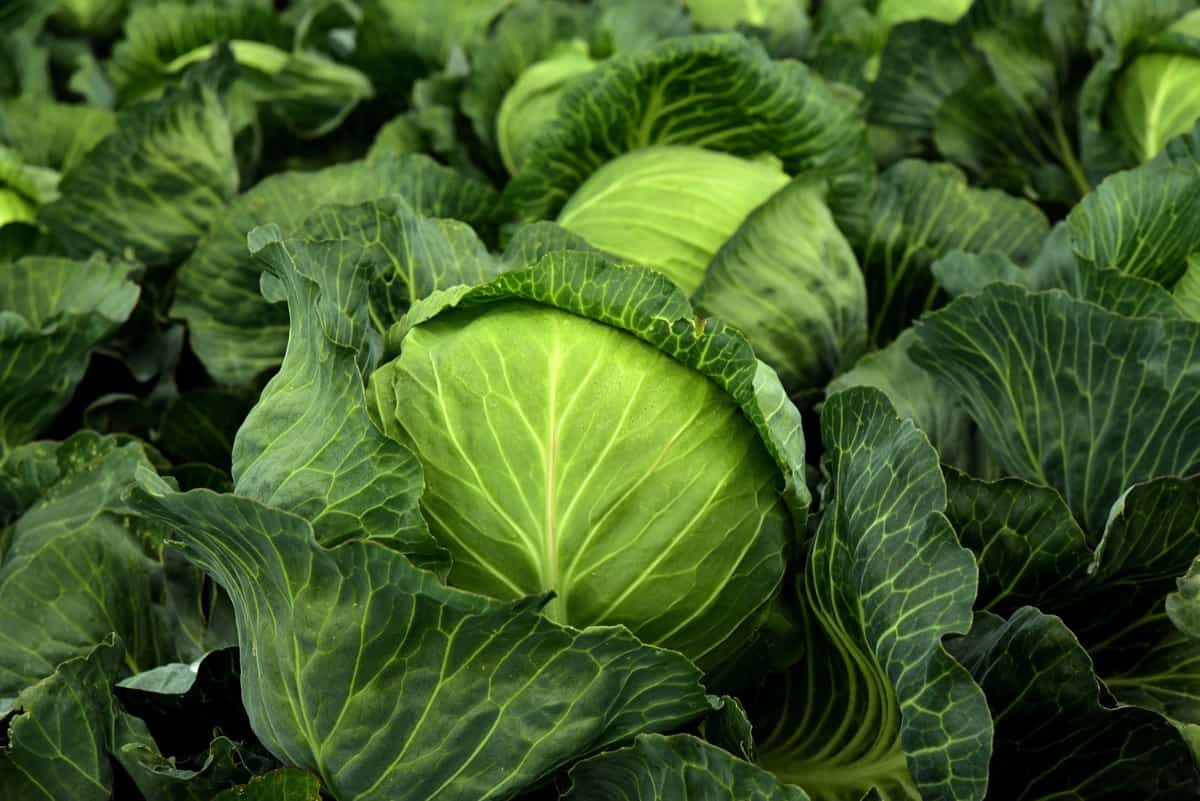
How to grow Cabbage in containers from scratch
Types of Cabbage
- Savoy Ace – Savoy Ace is a type of Cabbage that is well suited for growing in pots. It is a compact plant with dark green, crinkled leaves. The Savoy Ace Cabbage has a mild flavor and can be eaten raw or cooked.
- Savoy King – Savoy King is a Cabbage easily grown in pots. It has a dark green color and a crisp texture. The leaves are slightly ruffled and have a waxy sheen.
- Blue Boy – These Cabbages can get quite large, so ensure you have plenty of room for the roots to grow. You’ll also need to make sure the Container has good drainage. Blue Boys are known for being quite hearty, so that they can handle little neglect. Just make sure you keep an eye on the soil moisture and don’t let them dry out.
- Jersey Wakefield – Jersey Wakefield is a Cabbage commonly grown in pots. This Cabbage has a deep green color and a tight head. The leaves of the Jersey Wakefield are slightly crinkled and have a mild flavor.
- Badger Ban – Badger Ban is a type of Cabbage grown in pots. This type of Cabbage is known for its ability to resist pests and diseases. Badger Ban is also known for its high yield potential.
- Head Blue – If you’re looking for a type of Cabbage to grow in pots, Head Blue is a good option. This variety of Cabbage is well suited to growing in containers, as it doesn’t require much space to thrive. Head Blue Cabbage is ready to harvest when the heads are firm and fully developed.
- Acre Flat – Acre Flat Cabbage is a type of Cabbage grown in a pot. This type of Cabbage is very easy to grow and does not require a lot of space. Acre Flat Cabbage can be grown in any pot, but it is best to use a Container at least 12 inches wide.
- Red Acre – Red Acre Cabbage is a type of Cabbage that is commonly grown in pots. This type of Cabbage is known for its red leaves, which can add a splash of color to your garden. Red Acre Cabbage is a good choice for container gardening because it is a compact plant that does not take up much space.
Climate conditions suitable for growing Cabbage in containers
Cabbage can be a bit finicky when it comes to growing in pots. They need full sun for most of the day and prefer cooler temperatures, so if you live in a hot climate, it’s best to grow them in the spring or fall. The soil should be moist but well-drained and rich in organic matter. To ensure that your Cabbage plants grow to their full potential, it is important to maintain a consistent temperature.
Cabbage plants prefer cool weather and will not do well in hot, humid conditions. The ideal temperature range for growing Cabbage is between 15 to 21°C. If the temperature consistently exceeds 21°C, your Cabbage plants will likely bolt (go to seed). To ensure your Cabbage has enough sun, place your pots in an area that receives at least six hours of direct sunlight daily. If you live in a warm climate, choose a location that gets afternoon shade to prevent your plants from getting too much heat. In cooler climates, an area with afternoon sun is best.
Soil requirement for growing Cabbage in containers
Cabbage can be a bit particular regarding soil requirements, but as long as you provide them with well-draining, nutrient-rich soil, they should do just fine in a pot. If your Container doesn’t have drainage holes, add some rocks or gravel to the bottom before adding your soil.
In case you missed it: Cabbage Questions and Answers – Planting FAQs
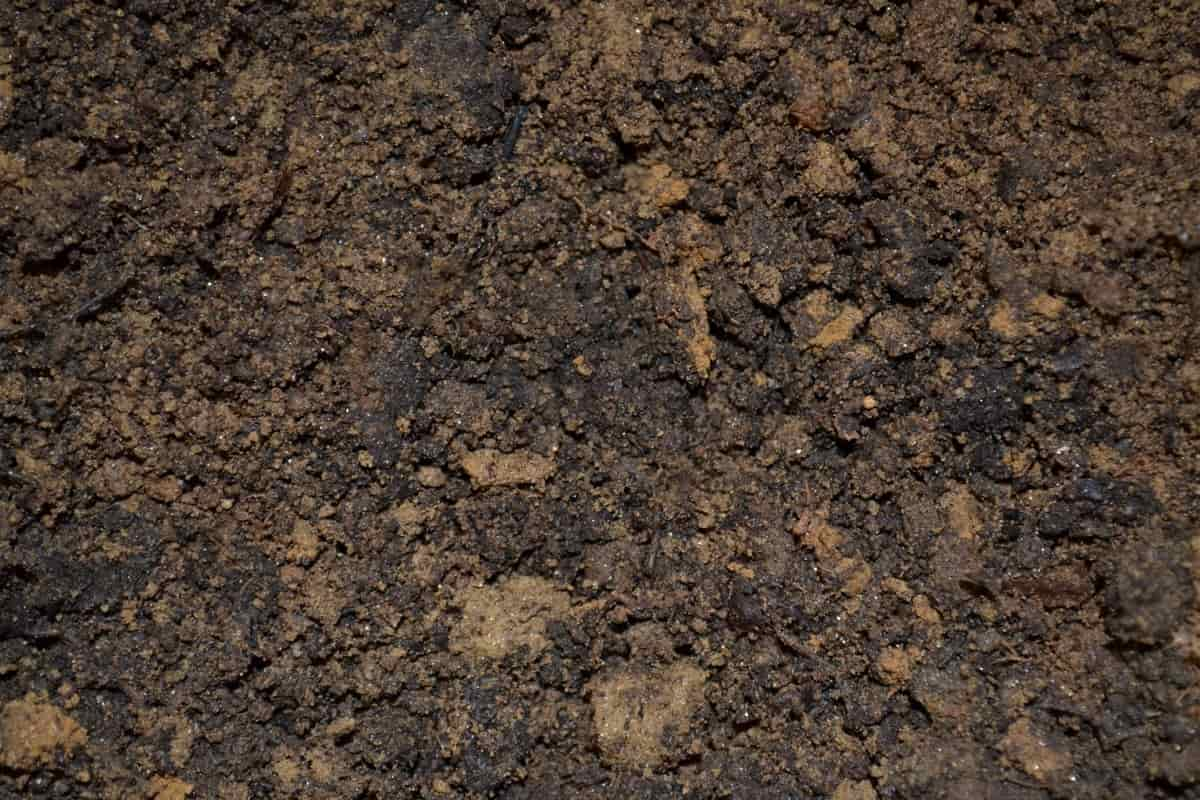
You can use a potting mix specifically designed for vegetables or make your own by mixing equal parts garden soil, peat moss, perlite, or sand. Cabbage thrives in rich, loose soil with a pH between 6.0 and 7.0. If your potting mix is too dense, add some compost or peat moss to lighten it up. You can also improve drainage by poking a few holes in the bottom of the Container before adding soil.
Water requirement for growing Cabbage in containers
Cabbage requires a lot of water to grow well. Container-grown Cabbage will need to be watered more frequently than plants in the ground. Let the soil dry slightly between waterings. Don’t let your Cabbage plants get too dry, or they will wilt and stunt their growth. Cabbage needs to be watered regularly to prevent the heads from splitting. Apply water at the base of the plant, taking care not to wet the foliage.
In case you missed it: Best Fertilizer for Cabbage: Homemade, Natural, Organic, and NPK
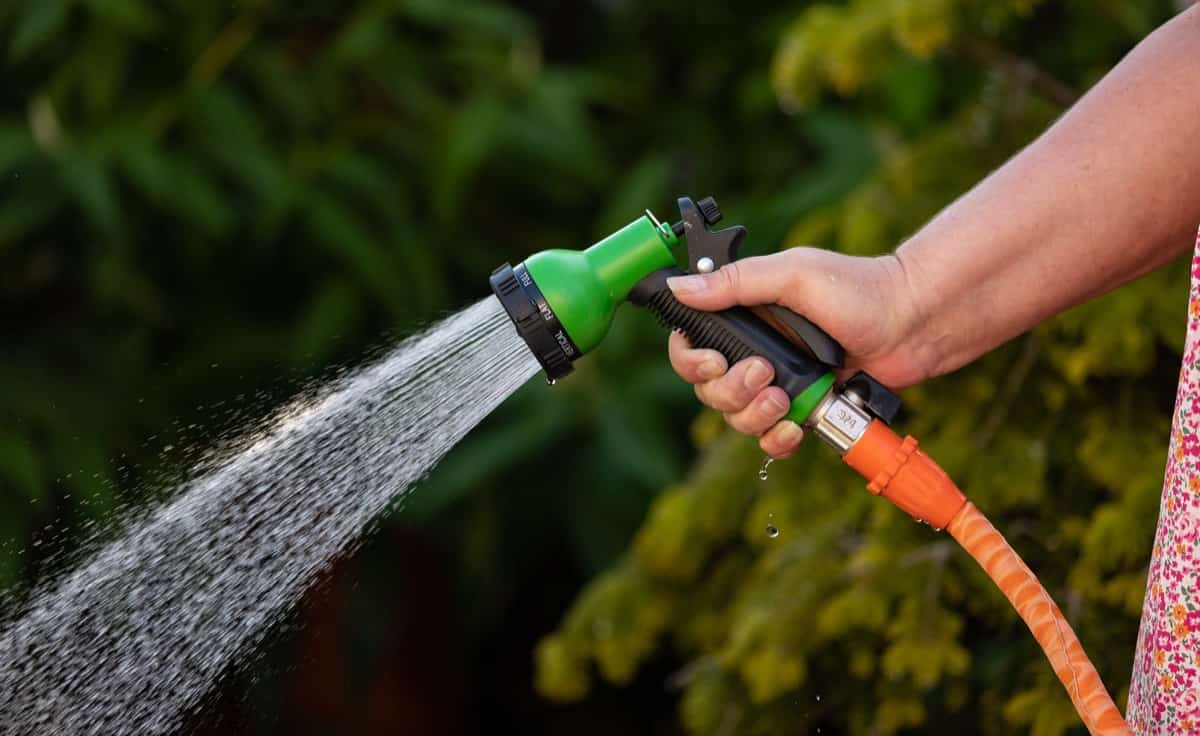
Container size required for growing Cabbage
Most Cabbages will do just fine in a 12-inch pot, although you may get away with a 10-inch Container for some varieties. If you’re growing savoy Cabbage or another large variety, you’ll need a Container at least 14 inches wide. Cabbage roots generally don’t grow more than 6 inches deep, so a 12-inch Container should be plenty deep for most varieties. Once your Cabbage plants are established and starting to put on some growth, you may need to transplant them into larger pots. This is especially true if you’re growing them indoors.
In case you missed it: 20 Common Cabbage Plant Problems: How to Fix Them, Solutions, and Treatment

Propagating Cabbage
From seed
You can propagate Cabbage from seed. You will start the seeds indoors in pots about 6-8 weeks before the last frost date in your area. Use a quality potting mix and sow the seeds thinly, pressing them into the soil but not covering them. Keep the soil moist and warm until germination, which should occur within 10 to 14 days. Once the seedlings emerge, thin them out so that only the strongest plants remain. Transplant the seedlings into larger pots once they have several true leaves and are large enough to handle.
Transplanting Cabbage seedlings
Fill each Container with a good-quality potting mix, and water the mix well before transplanting your seedlings. Gently remove each seedling from its current container, not damaging the roots. Make a small hole in the center of the potting mix in each pot, and carefully place a seedling into the hole. Gently press the potting mix around the base of the plant, ensuring the roots are covered. Water each plant well, and keep the soil moist but not soggy. Place the pots in an area that gets bright light but is protected from strong winds.
In case you missed it: How to Prepare the Soil for Cabbage Plants: Best Soil Mix, pH, and Compost
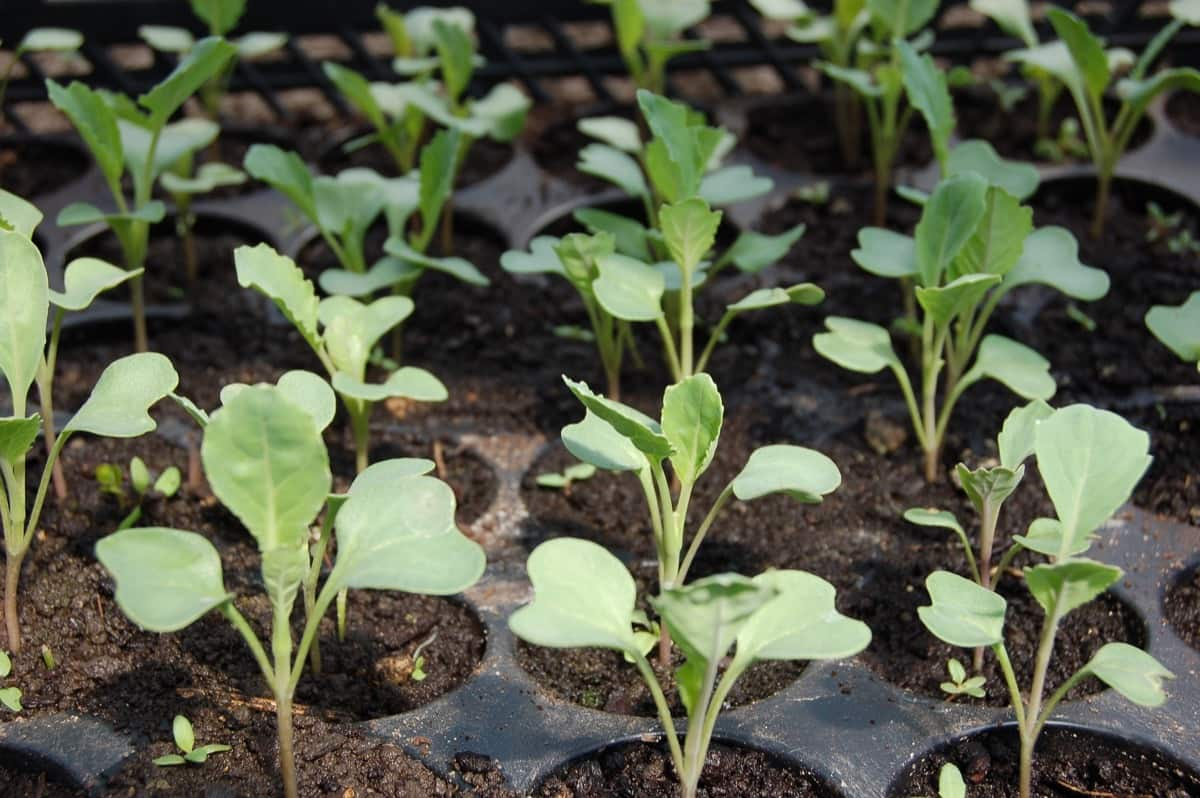
Fertilizer requirement for growing Cabbage in containers
To ensure your Cabbage plants have the nutrients they need to grow strong and healthy, you will need to fertilize them regularly. A good general-purpose fertilizer like 10-10-10 or 8-8-8 will work fine. You can also use a fertilizer specifically for Cabbage or other leafy greens. Apply fertilizer when you transplant seedlings into pots and then once every month or so after that. If your plants seem to be struggling, you can increase the frequency of applications. Follow the package’s directions for proper fertilizer application rates and techniques.
Cabbage care in winter
Cabbage is a cool-weather crop that does best when planted in the fall or early spring. In most areas, it can be successfully grown in containers over the winter. With a little care, your Cabbage plants will provide fresh, crisp Cabbage heads all winter. Cabbage plants need lots of nutrients to produce healthy heads of Cabbage. Water the potting mix thoroughly before planting your Cabbage seedlings.
Cabbage plants need consistently moist soil to grow well. Water the soil deeply every week, keeping it evenly moist but not soggy wet. One of the biggest threats to Cabbage in winter is frost damage. To prevent this, cover plants with a layer of straw or leaves after a killing frost. You can also use floating row covers or low tunnels for extra protection. Place the Container in an area that gets full sun for the best results. Cabbage plants prefer cool weather and do not do well in hot summer temperatures.
Pests and diseases of Cabbage and their control
- Cabbage pests are small, typically winged insects that lay their eggs on the surface of Cabbage leaves. The larvae hatch and feed on the Cabbage leaves, causing damage to the plant. Common Cabbage pests include caterpillars, aphids, and whiteflies.
- Caterpillars are the most damaging of the Cabbage pests. They can strip a plant of its leaves in just a few days, leaving it vulnerable to disease and unable to produce heads of Cabbage. To control caterpillars, hand-pick them from the plants and destroy them. Alternatively, you can use an approved insecticide.
- Aphids feed by sucking juices from plants. They can cause stunted growth and deformities in Cabbage heads. To control aphids, blast them off the plants with a strong stream of water or use an approved insecticide.
- Whiteflies are small flies that feed on the sap of plants. They can cause wilting and yellowing of Cabbage leaves. To control whiteflies, remove infested leaves from the plant and destroy them. You may use yellow sticky traps to capture adult whiteflies before they can lay eggs on the plants.
- Club root is a disease that affects the roots of the Cabbage plant, causing them to swell up and become deformed. It is caused by a soil-borne fungus and can be difficult to control. The best way to prevent it is by rotating crops and avoiding planting Cabbage in infected areas.
- Black rot is another disease that can affect Cabbage plants. It causes the leaves of the plant to turn black and wilt. Again, crop rotation is the best way to prevent this disease.
Cabbage harvesting
Cabbage is a cool-weather crop, so it’s best to harvest in the fall or early winter. However, if you live in a warm climate, you can also harvest in the spring. Look at the head size to determine when your Cabbage is ready to harvest. It should be about 6-8 inches in diameter. You’ll also want to ensure the leaves are firm and tightly packed together.
In case you missed it: How to Grow Cabbage from Seed to Harvest: Check How this Guide Helps Beginners
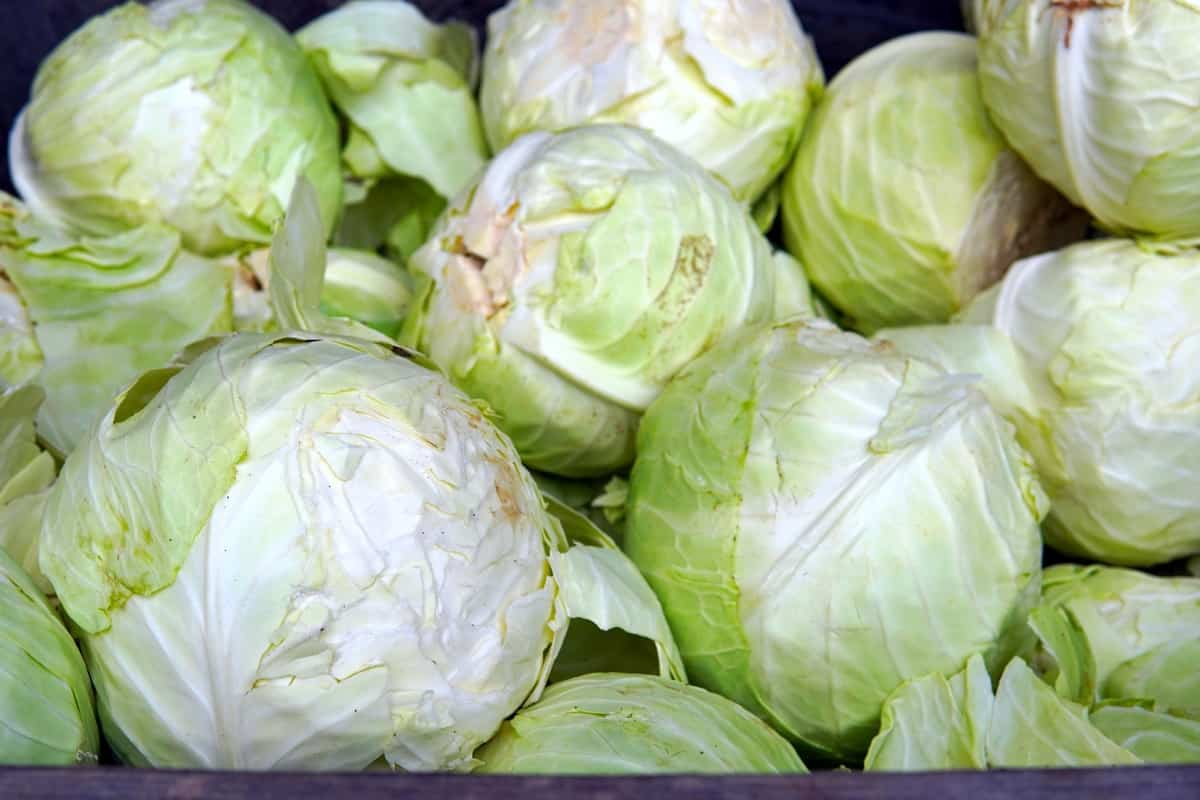
It is relatively easy to grow vegetables that do not require much space. Cabbage can be harvested in as little as 60 days from planting. To harvest Cabbage in pots, wait until the heads are fully mature and cut them off at the base with a sharp knife. You can also twist the head off if it is not too large.
Conclusion
Growing Cabbage in pots can be a rewarding experience for any gardener. From selecting soil to choosing sun exposure and other environmental factors, much goes into growing healthy Cabbages. Although it takes time and effort, with proper attention, you will have an abundance of fresh Cabbages in no time.
- Broccoli Seed Germination and Selection
- Asparagus Seed Germination and Variety Selection
- Seasonal Flower Gardening: Best Practices for Spring, Summer, Fall, and Winter
- How to Grow Hibiscus from Flower
- Plantation Ideas for Home Decoration: A Beginners Guide
- Flower Garden Designs and Layouts for Beginners
- Planting and Spacing Techniques in Papaya: A Beginner’s Guide
- Growing Gold: Essential Techniques for Planting Pineapples
- How to Make Kalanchoe Plant Bushy: Home Remedies and Solutions
- 11 Reasons Why Your Gardenia is Not Blooming: Home Remedies and Solutions
- Eco Elegance: The Guide to Designing a Drought-Tolerant Landscape
- Gardening on a Slope: Strategies for Hillside Landscaping
- Nourish and Flourish: Top Organic Mulches for Thriving House Plants
- Everything You Want to Know about Indian Mogra Flower: Discover Uses and Growing
- Green Thumb Success: Expert Tips for Cultivating Greenhouse Pumpkins All Year Round
- Maximize Growth & Flavor: The Ultimate Guide to Companion Planting in Herb Gardens
- How to Control Rhododendron Problems Naturally: Home Remedies and Organic Ways to Fix Them
- Natural Magic: The Remarkable Benefits of Cinnamon for Plants
- Best Steps to Revive Dying Tulip with Natural and Organic Treatment
- 10 Reasons Why Your Angel Trumpet is Not Blooming: Remedies and Treatment
- How to Fix Periwinkle Leaf and Flower-Related Problems: Natural Remedies and Solutions
- How to Fix Zinnias Leaf and Flower Problems: Discover Natural and Home Remedies
- Organic Steps to Induce Lemon Tree Flowers: A Comprehensive Guide
- Bloom Booster: Crafting the Perfect Homemade Bougainvillea Fertilizer
- Optimizing Growth: A Guide to Applying NPK Fertilizer for Potted Plants
- 10 Best Homemade Fertilizers for Rubber Plant: DIY Recipes and Application Method
- How to Boost Female Pumpkin Flowers: Effective Steps for More Flowers and High Yields
- Transform Your Indoor Garden: Top Benefits of Pink Salt for Houseplants
- 10 Best Homemade Fertilizers for Peacock Plants (Calathea): Easy DIY Guide
- Unlock Blooms: 9 Reasons Why Your Potted Chrysanthemum is Not Blooming
- 8 Reasons Why Your Potted Hibiscus is Not Blooming: Fix it with Simple Solutions
- Unlock Blooms: 9 Key Reasons Your Potted Frangipani Won’t Flower
- 10 Reasons Why Is My Ice Plant Not Blooming: Remedies and Treatment
- 10 Reasons Why My Potted Hydrangea Not Blooming: Treatment and Remedies
- 10 Reasons Why is My Wisteria Not Blooming: Remedies and Treatment
- 10 Reasons Why is My Goldfish Plant Not Blooming: Remedies and Treatment